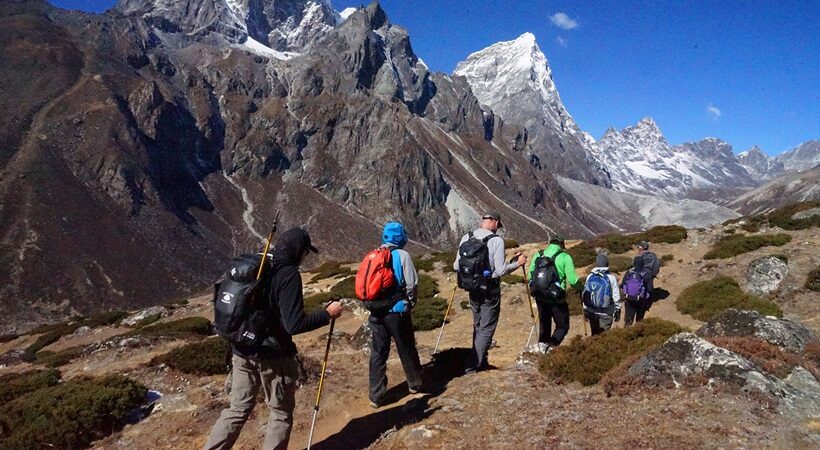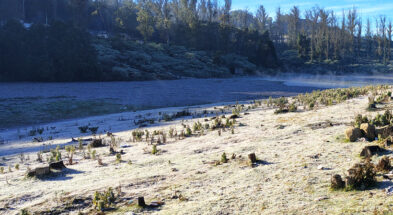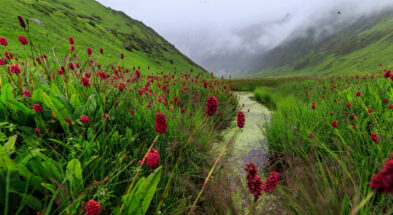The pandemic has been a constraint for everybody, including those who go on a trek or hike frequently. Covid-19-led lockdowns made us sit at home and work or learn indoors. With the world reopening gradually, people have started flocking to Himalayas, Western Ghats, or the abundant historical heritage trails.
As the pandemic showed us the way to get going in the face of social distancing and stricter regional boundaries, we kept the hiking or trekking plan on the back burner. It’s been 18 months since the outbreak of the pandemic and it’s quite natural for some of us to be a bit hesitant to visit crowded places especially after the deadly spell of the second wave of the pandemic in India. Likewise, many people are avoiding gyms or yoga centres like a plague.
The lucky ones with adequate spaces at their homes can set up a gym or stretch themselves conveniently in the spacious areas. However, the not-so-privileged ones don’t even enjoy such liberties. But, everyone needs to work out to get themselves back in shape to prepare for hiking again. To be prepared for the hiking, take a look at what you may need to do.
Start Moving More Often Than Not

On the very first day, don’t start running. Your body might not support it. Rather you can take a walk in the evening for no rhyme or reason or to the grocery store and avoid using the elevator. Climbing stairs is not only a great cardio exercise but also an effective conditioning activity for hiking up the hill. Don’t rush, take it easy in the beginning as you would be wearing a mask and you need to focus on proper breathing.
Run on Sand

Muscular endurance in the lower body is very important when you hike or trek. As building muscles protect ankles and knees, so you must run on sand. Sand helps bring into play a set of stabilizer muscles that could strengthen the ankle. It also functions as a lower impact surface that does not stress your joints. If you don’t have a beach nearby, you can run in a public park with a dedicated sand track.
Cross Training

If you want to get to the top of the mountain smoothly with zero injuries and sprains, you need to cross train yourself. You can try out exercises like hip-rolls, heel-downs, jump squats, leg curls, lunges, and side planks with leg raise. These exercises help boost endurance and build strength in the core and leg muscles. But before practicing these, consult an expert on how often you should be training every week.



















